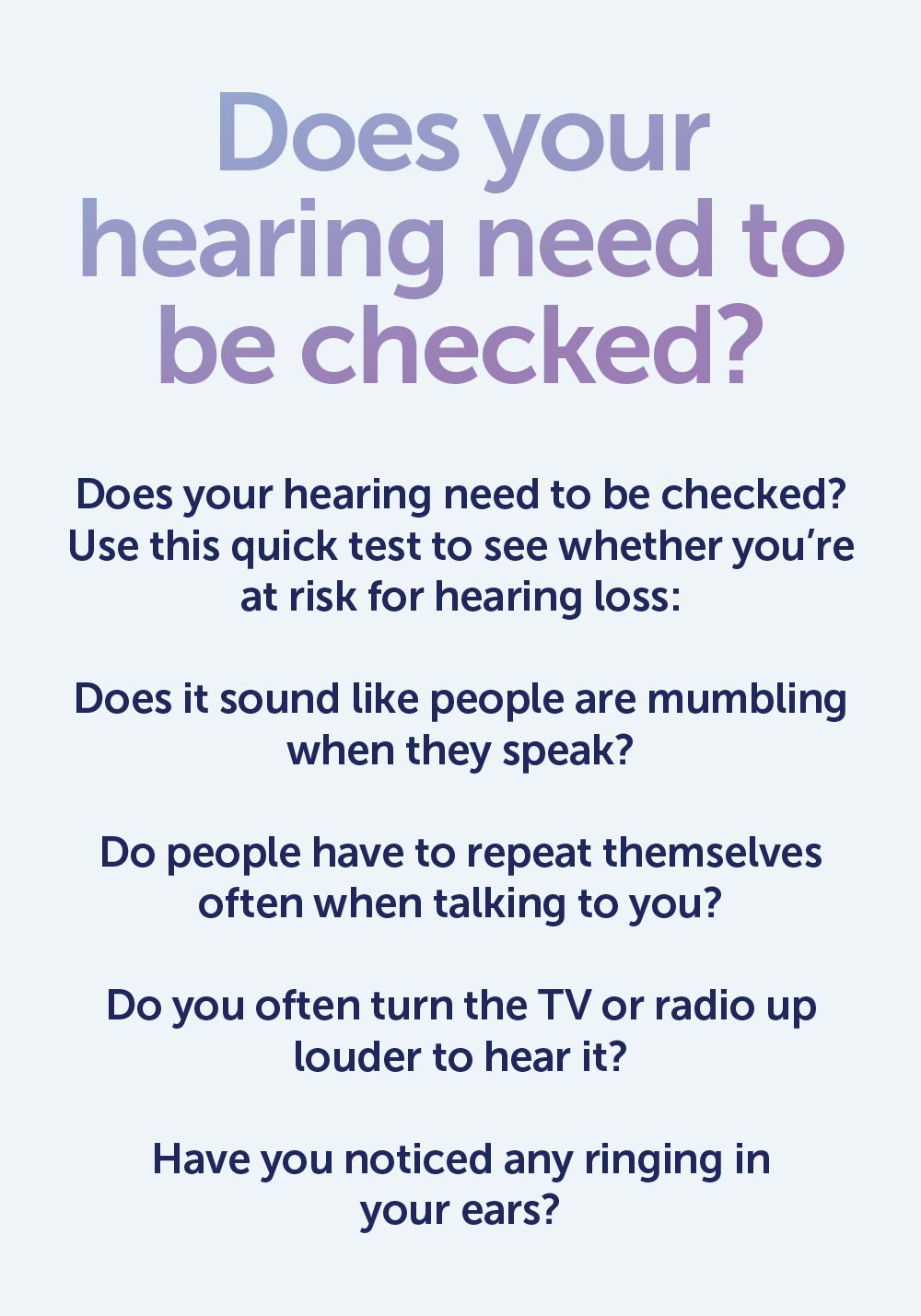Enhancing Knowing: Dealing With Auditory Handling Issues In Dyslexia
Enhancing Knowing: Dealing With Auditory Handling Issues In Dyslexia
Blog Article
Staff Writer-Vilhelmsen Mccray
When you think about the difficulties that dyslexic learners face, it's clear that acoustic processing issues typically play a significant role. You may wonder just how customized techniques can bridge the gap between acoustic directions and understanding. By integrating aesthetic help and breaking jobs into convenient actions, you could enhance focus and understanding. However, the solutions do not quit there. What various other strategies can produce a really encouraging learning environment that fosters success and confidence?
Understanding Dyslexia and Auditory Handling
Dyslexia affects roughly 1 in 5 individuals, making it among the most typical learning disabilities. If you're navigating dyslexia, you may discover that it doesn't just influence reading and writing; it can likewise influence just how you process auditory info.
Acoustic handling describes just how your brain analyzes audios, including language. When you battle with this, it can bring about challenges in comprehending spoken directions and adhering to conversations.
You might observe that you typically misinterpret what you hear or that it takes longer for you to react in conversations. This isn't a representation of your knowledge; it's a certain problem related to processing acoustic signals.
Understanding this connection is vital since it helps clear up why you might excel in aesthetic jobs while dealing with hurdles in jobs that rely on auditory understanding.
Identifying https://www.psychologytoday.com/intl/blog/your-musical-self/201004/music-therapy-and-dyslexia-theres-still-hope can encourage you. By understanding the details of dyslexia and auditory processing, you can better promote for your needs, whether in educational settings or social situations.
non reader to recognize these issues so you can look for the appropriate support and approaches in the future.
Efficient Strategies for Support
Navigating the challenges of acoustic processing can really feel overwhelming, but there are effective approaches that can aid you grow.
By executing these techniques, you can boost your learning experience and improve your capacity to process acoustic information.
- ** Use Recommended Web page **: Matching auditory guidelines with aesthetic supports, like graphes or representations, can dramatically boost comprehension.
- ** Damage jobs into smaller steps **: Streamlining guidelines into manageable chunks allows you to concentrate and process information more effectively.
- ** Practice energetic paying attention **: Participate in exercises that encourage you to listen attentively, such as summarizing what you've listened to or asking inquiries for information.
- ** Integrate technology **: Make use of applications or software program created to help with acoustic handling, such as speech-to-text devices or audiobooks, to reinforce learning.
Creating Supportive Knowing Settings
Developing an encouraging understanding atmosphere is important for assisting people with auditory handling obstacles prosper. Begin by reducing dyslexia school near me in your classroom or finding out space. Use acoustic panels or soft home furnishings to soak up sound, which can help pupils focus better. Guarantee seating plans enable clear sightlines to the educator and any kind of aesthetic help.
Next, integrate clear and concise communication. Speak gradually and utilize straightforward language, looking for recognizing often. Encourage pupils to ask concerns if they're unsure. Aesthetic aids like graphes, diagrams, and created instructions can enhance comprehension and retention.
Additionally, cultivate a culture of persistence and understanding among peers. Instruct trainees regarding acoustic handling concerns, promoting compassion and support. Team activities can be useful; just make certain that functions are clear which students work together to support each other.
Ultimately, give routine feedback. Celebrate development and success, no matter just how tiny. This support builds self-confidence and strengthens the idea that learning is a journey.
Conclusion
In your journey to enhance learning for individuals with dyslexia, consider each technique as a stepping stone across a river. By weaving together acoustic and aesthetic help, damaging tasks right into bite-sized pieces, and nurturing a helpful setting, you assist create a bridge to understanding. Keep in mind, cultivating compassion amongst peers and appealing families can light the path to success. With persistence and commitment, you'll empower learners to overlook obstacles, transforming their struggles right into staminas.
